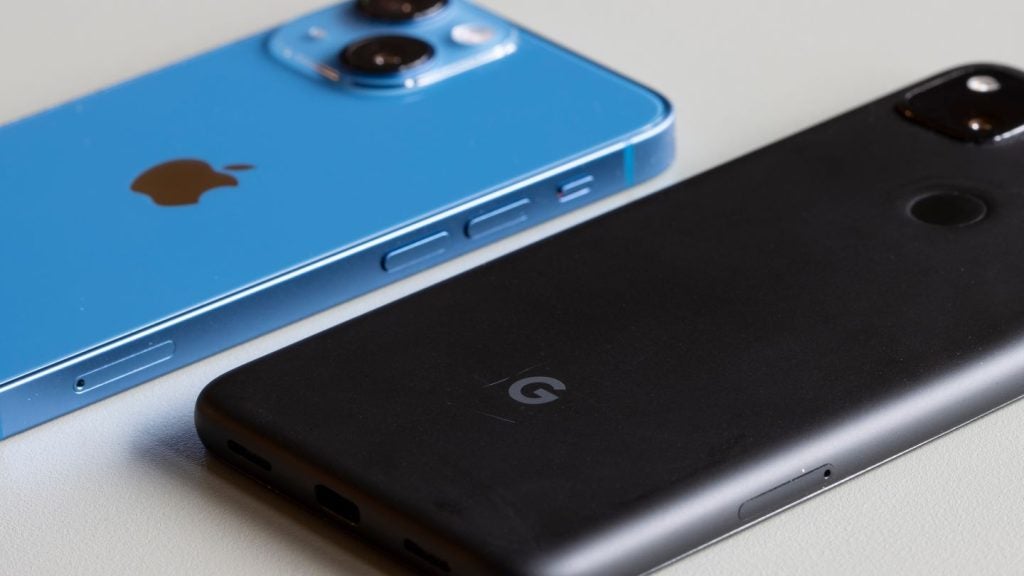The Royal Bank of Scotland — still 73 percent tax-payer owned since the financial crisis — has just reported its ninth consecutive year of losses.
The bank said in its full year financial results statement that it lost £6.9bn ($8.7bn) last year, a far worse performance than the £1.9bn it lost in 2015.
Amid the carnage, RBS took a £2.11bn hit for the cost of restructuring, including £750m set aside for a plan it hopes will allow it to dodge requirements to sell off hundreds of branches under the Williams & Glyn brand.
Four years ago, I thought Ross McEwan was the man to pull off the turn around.
So I got it wrong. No excuses.
In a piece for the New Statesman in June 2013 – I dared to advise the doyen of City headhunters, Anna Mann, co-founder of blue-chip consultancy MWM, to go for Ross McEwan as the new CEO of Royal Bank of Scotland.
He was then a 20-1 outsider with Ladbrokes and head of RBS’ retail unit.
To my shame, I did not back him at 20-1 or at 8-1 when the article appeared.
I did not back him at all in fact — but the UK government did duly appoint McEwan and he seemed a good bet to continue the Herculean job of turning around RBS.
Fast forward four years and the time has come to question if the £10m or so give or take the odd million pocketed by McEwan since his appointment is merited.
The Williams & Glyn saga
I’m out of words to describe the Williams & Glyn saga — in a 2014 editorial I called it a soap opera; in 2015 an expensive shambles and last year embarrassing mismanagement.
At McEwan’s first RBS annual share holder meeting as CEO, what passes as RBS investors these days, Joe Public, were told that the 308 RBS branded branches in England and Wales and the six NatWest branches in Scotland would be sold off to form Williams & Glyn by the end of 2016.
Since then, the bank has burned through a few hundred million in consultants’ fees.
I’ve heard that the cost-income ratio of W&G started with a nine (the UK average is 76.84 percent according to S&P Global and lower is better); and that there were major problems with risk functions and technology.
I was told by one RBS staffer that RBS did not have the change capability needed — that seemed odd as I happened to know that a Change Management Consultancy had put in some of its brightest people to RBS to work on the project.
Over 100 W&G contracts were issued; several thousand staff and agency employees worked on W&G.
The end result of the W&G project is a fail.
McEwan has had a tough four years — as one of the first banking writers to call for him to get the top job at RBS, it seems harsh to be one of the first to suggest his time may be drawing to a close.
I would not however object if the New Statesman quietly removed my 2013 piece suggesting why McEwan was the right man for the job.







